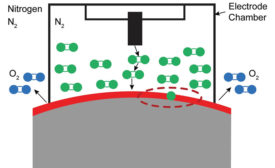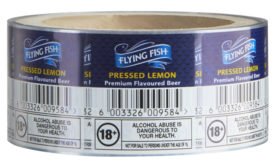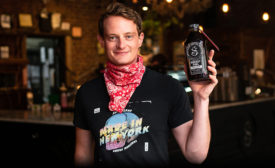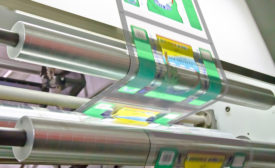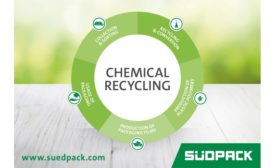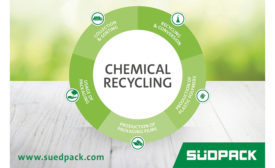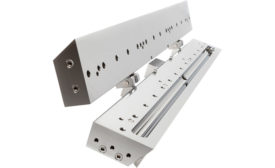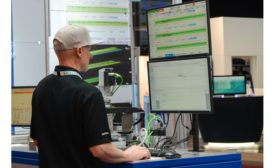Articles by Grant Gerke
Plasma Surface
The printing and converting industry is moving quickly to develop more recyclable material to help consumer packaged goods (CPG) companies’ meet fast-approaching sustainability goals. And new plasma treatment research is showing opportunities for converters and extruders to reduce solvents and increase recyclable film material.
Read More
Remote Service
How Remote Service Offerings for Converters is Being Deployed
While ‘smart manufacturing’ slogans can border on marketing hype, OEMs have been expanding remote service technology options for the last six years — and the flexible packaging industry is no different
March 17, 2021
Linerless Back Label
Linerless Back Label Application Nets a Big Fish
The South African Breweries’ Flying Fish beer brand implements a linerless back label and reduces material waste by 51% with an innovative solution from Arconvert-Ritrama
March 16, 2021
Wash-Off Label Technology Meets the Challenge
With increased pressure to meet numerous sustainability mandates by companies and governments, wash-off label technology offers a way to optimize bottle recycling, deliver more rPET material for the supply chain and produce a clean-label look
March 16, 2021
Case Study: Pouch Making
New Pouching Machine Thrives at Associated Labels and Packaging
Associated Labels and Packaging, a Canadian flexible packaging and printing company, recently purchased a servo-driven stand-up pouch machine to meet growing demand for smaller runs.
January 20, 2021
Quality Control
How Machine Vision Technology Increases Productivity for Film Lamination Applications
January 19, 2021
Finding the Right Sustainable Film Material and Equipment
Many film suppliers are adding more post-consumer recycled material to packaging film, so how do these sustainable efforts affect machinery?
December 7, 2020
Film Suppliers and Food Companies Sharpen Plans for Sustainability Goals
Sustainable mandates are arriving in the next five years, and consumer packaged goods (CPG) companies and suppliers are collaborating to find answers to meet this difficult challenge.
December 7, 2020
Technology: Coating
Slot Die Coating Technology Targets Flexible Packaging
Slot die coating is being used in many industries, and more converters are examining how slot die technology can offer unique packaging solutions for customers.
November 10, 2020
Industry Trends: Automation
What’s Driving Automation Investments for Converters and the Flexible Packaging market?
September 23, 2020

